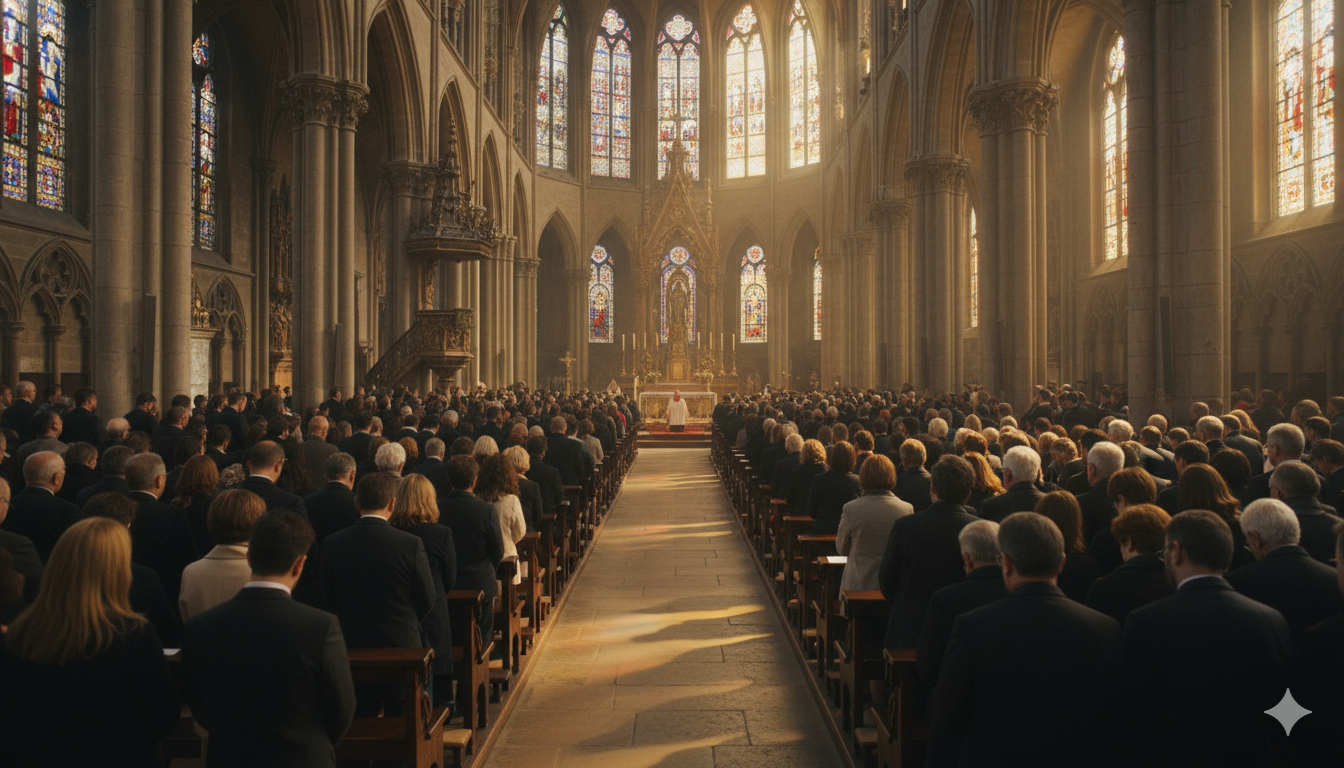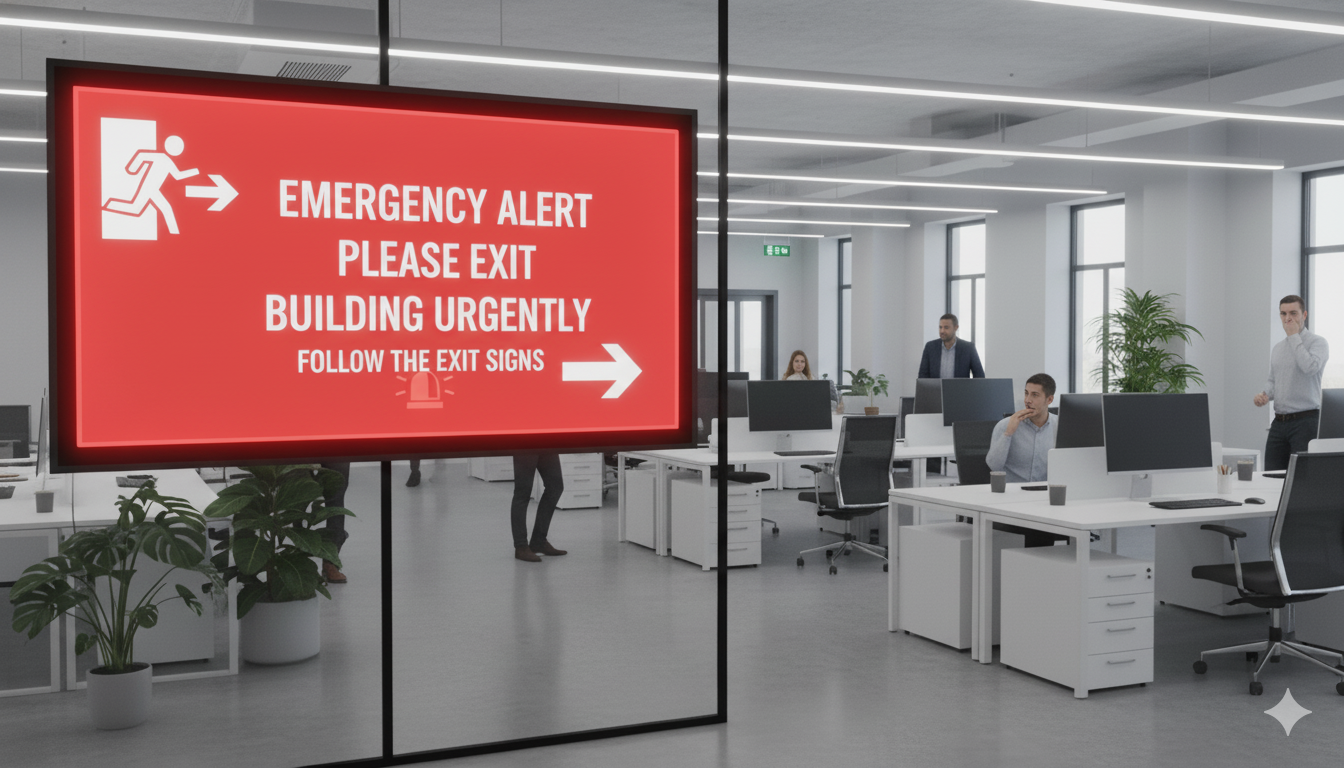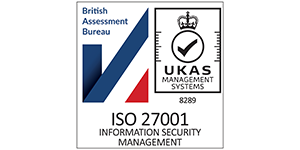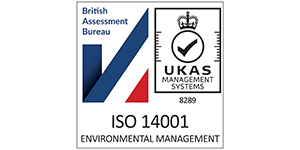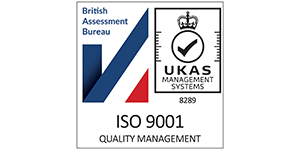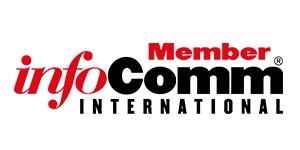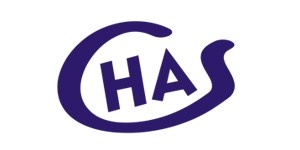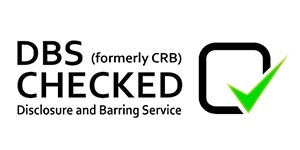This article is part of our comprehensive guide to Martyn's Law. For an overview of the legislation, who it applies to, tier requirements, implementation timelines, and how AV technology can support compliance, see our complete guide to Martyn's Law.
Martyn's Law, the Terrorism (Protection of Premises) Act 2025, applies to a wide range of publicly accessible venues, including places of worship. Under the new legislation, churches, mosques, synagogues, temples and other faith‑based venues need to assess their capacity, put proportionate protective measures in place and document their plans. This post explains the two‑tier system, outlines sector‑specific duties and provides a practical roadmap for religious organisations.
Does Martyn's Law apply to my place of worship?
**Two‑tier threshold:** The Act introduces a standard tier for venues that can hold 200–799 people and an enhanced tier for venues that can hold 800+ people. Most places of worship will fall into the standard tier, but large cathedrals or contemporary megachurches may be subject to enhanced‑tier duties (congregational.org.uk).
**Exemptions:** Venues with a capacity of fewer than 200 people are generally exempt from the mandatory requirements.
**Nature of the venue:** Religious buildings used primarily for worship or community gatherings are considered publicly accessible under the Act (gtlaw.com). Temporary events hosted off‑site (e.g., outdoor festivals) may also fall under Martyn's Law depending on their capacity and control.
For a detailed breakdown of who falls under Martyn's Law scope, see our guide: Who Does Martyn's Law Apply To?.
Core responsibilities
Standard‑tier venues (200–799 capacity)
For most places of worship, the Law requires proportionate protective measures that focus on planning and preparedness, not onerous security infrastructure:
**Evacuation and invacuation plans:** Develop clear procedures for safely evacuating or evacuating people into a secure area (congregational.org.uk). Consider multiple exit routes and how to guide worshippers with mobility challenges.
**Lockdown procedures:** Agree on how to secure doors and restrict access during an incident (congregational.org.uk). Simple measures such as locking external doors or closing shutters may suffice (skillsforhealth.org.uk).
**Communication:** Plan how to alert congregants and visitors in the event of an attack. Announcements via existing PA systems, digital signage or text alerts can help move people to safety (congregational.org.uk).
**Training and awareness:** Ensure staff, clergy and volunteers understand the risks and know how to implement the plans. Volunteer stewards play a vital role in greeting visitors, monitoring entrances and supporting evacuations.
Enhanced‑tier venues (800+ capacity)
Large cathedrals, mosques or temple complexes may trigger enhanced duties. In addition to the measures above, they must:
**Conduct a formal terrorism risk assessment** and develop a documented security plan (skillsforhealth.org.uk). This may involve identifying potential threats, vulnerabilities and mitigations.
**Assign a Designated Senior Individual (DSI):** The responsible person must notify the regulator and oversee compliance. In multi‑use buildings (e.g., a church that rents space to community groups), both the property owner and tenant may have obligations.
**Consider additional security measures:** High‑capacity venues might need CCTV, access control, or bag checks to meet the requirement to take "reasonably practicable" steps (skillsforhealth.org.uk).
For a detailed comparison of standard and enhanced tier requirements, see our guide: Standard vs. Enhanced Tier: What's the Difference?.
Practical steps for places of worship
**Determine capacity:** Count seating and standing room, including overflow areas. Your local fire certificate or capacity assessment can provide a baseline.
**Develop a proportionate plan:** For most churches and temples, a simple emergency plan covering evacuation, invacuation, lockdown, and communication will meet the standard‑tier requirement (congregational.org.uk). Tailor the plan to your building's layout and congregation demographics.
**Train staff and volunteers,** including ushers, stewards, and church wardens. Use tabletop exercises or scenarios to practise response skills (skillsforhealth.org.uk).
**Collaborate with local authorities:** Work with police and council officials on risk assessments, training sessions and integration with local counter‑terrorism resources. Keep up to date with statutory guidance released during the 24‑month implementation period (congregational.org.uk).
**Review technology:** Ensure your PA system covers all worship spaces. Consider digital signage or LED screens to display emergency instructions. If you have CCTV, check that cameras cover entrances and key spaces and that footage is retained securely. Integrated AV systems can streamline communication across your building.
For more information on how AV technology can support Martyn's Law compliance, see our complete guide to Martyn's Law.
**Document and update:** Record your procedures and keep them under review. Assign a responsible person to keep the plan current and liaise with regulators once enforcement begins (gtlaw.com).
Staying informed
Martyn's Law has a two‑year implementation period, and statutory guidance will be published ahead of enforcement (congregational.org.uk). While full compliance is not expected until late 2026 or early 2027 (skillsforhealth.org.uk), places of worship should start preparing now. Regularly check Protect UK and Home Office updates for sector‑specific advice and take advantage of training offered to volunteers and staff.
For a detailed implementation timeline and compliance checklist, see our guide: Martyn's Law Implementation Timeline & Compliance Checklist.
How Strive AV can help
Audio‑visual technology plays a crucial role in keeping congregants informed during an emergency. Strive AV's Martyn's Law Compliance service can help you integrate PA systems, digital signage, CCTV, and emergency alert technology, ensuring your plans are actionable and inclusive. From assessing your existing equipment to designing scalable solutions, we can support you every step of the way.
For more comprehensive information about Martyn's Law, including who it applies to, tier requirements, special considerations for education settings, and how AV technology can support compliance, see our complete guide to Martyn's Law.
This post is part of our Martyn's Law series. For a high‑level overview, see our Martyn's Law guide. You can also explore posts covering the differences between the standard and enhanced tiers, how to prepare using our compliance checklist and sector‑specific advice for education, corporate, retail and hospitality.
